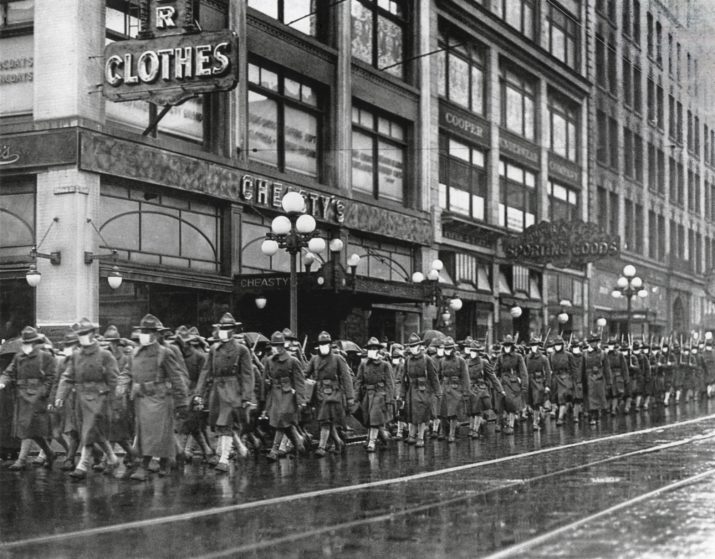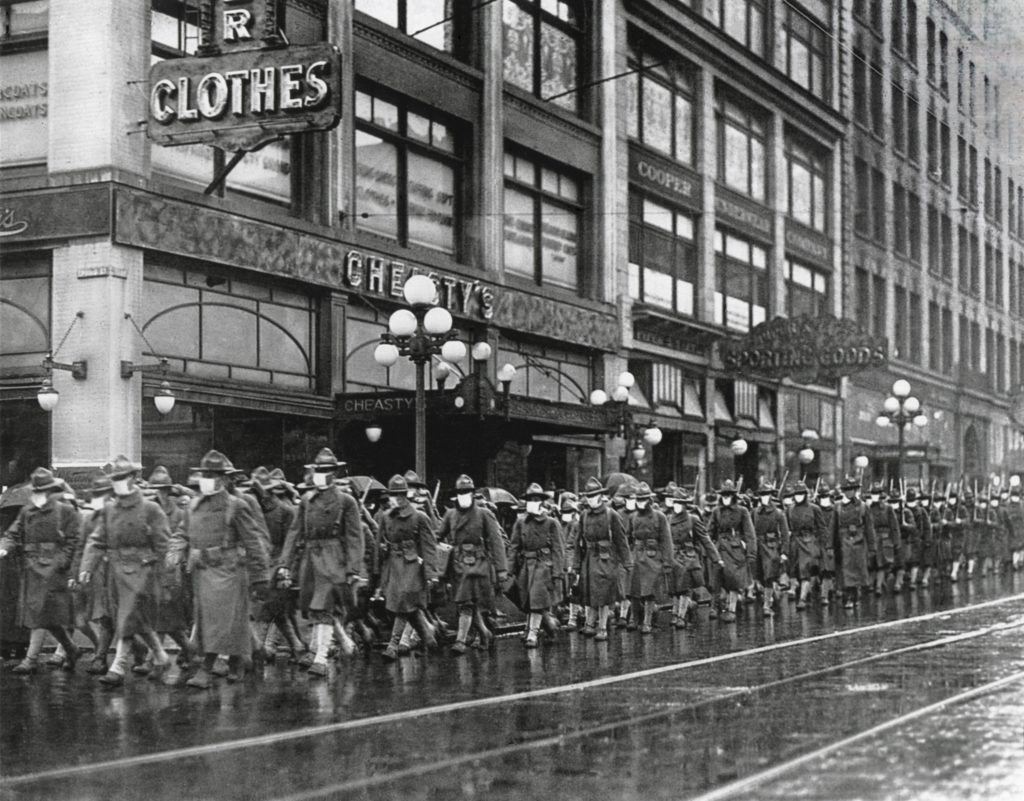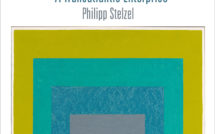

This is part of our Campus Spotlight on the University of North Carolina at Chapel Hill.
Course outline:
August 21: Course introduction
- READ IN CLASS: Jo Guldi and David Armitage, “Introduction: The Bonfire of the Humanities?”, in The History Manifesto (Cambridge: Cambridge University Press, 2014).
August 28: What’s ancient about ancient medicine?
- READ AHEAD OF TIME: Primary source: Hippocrates, “The Sacred Disease”: pages 179-186 (points 1-10, inclusive).
- READ AHEAD OF TIME: Vivian Nutton, Ancient Medicine (London: Routledge, 2013): chapter 6, “Hippocratic Practices.”
September 4: Panic, helplessness, the Great Pestilence!
- READ IN CLASS: Primary source: City of Pistoia (Italy), “Ordinances for Sanitation in a Time of Mortality, 1348”, in Marchione di Coppo Stefani, The Florentine Chronicle.
- READ AHEAD OF TIME EITHER:
- Christiane Nockels Fabbri, “Treating Medieval Plague: The Wonderful Virtues of Theriac,” Early Science and Medicine 12 (2007): 247-283;
- OR: Jane Stevens Crawshaw, “The Beasts of Burial: Pizzigamorti and Public Health for the Plague in Early Modern Venice,” Social History of Medicine 24, 3 (2011): 570–587.
September 11: Anatomy’s path to respectability
- READ AHEAD OF TIME: Lisa Rosner, The Anatomy Murders (Philadelphia: U. of Pennsylvania Press, 2010): introduction and EITHER chapter 1 or 2.
September 18: The rise of the hospital
- READ AHEAD OF TIME: Primary source: George Orwell, “How the Poor Die,” (1946).
- READ AHEAD OF TIME EITHER:
- Stephen Kenny, “‘A Dictate of Both Interest and Mercy’? Slave Hospitals in the Antebellum South,” Journal of the History of Medicine and Allied Sciences 65, 1 (2010): 1-47.
- OR Guenter Risse, “Translating Western Modernity: The First Chinese Hospital in America,” Bulletin of the History of Medicine 85 (2011): 413-447.
September 25: Germs and contagion
- READ AHEAD OF TIME: Primary source: Louis Pasteur, “On the Extension of the Germ Theory to the Etiology of Certain Common Diseases,” (1880).
- READ AHEAD OF TIME EITHER:
- Anna Greenwood, “Lawson Tait and Opposition to Germ Theory: Defining Science in Surgical Practice,” Journal of the History of Medicine 53 (1998): 99-131.
- OR Eugenia Tognotti, “Scientific Triumphalism and Learning from Facts: Bacteriology and the Spanish Flu Challenge of 1918,” Social History of Medicine 16, 1 (2003): 97-110.
October 2: Relieving pain
- READ IN CLASS: Primary source: “A Yale Medical Student Decries the Use of Anesthesia in Childbirth, 1848.” In John Harley Warner and Janet Tighe, Major Problems in the History of American Medicine and Public Health (Boston: Houghton Mifflin, 2001).
- READ AHEAD OF TIME EITHER:
- Judith Leavitt, “Birthing and Anesthesia: The Debate over Twilight Sleep,” Signs 6, 1 (1980): 147-164;
- OR: David Courtwright, Dark Paradise: A History of Opiate Addiction in America (Cambridge: Harvard U. Press, 2001): chapter 5, “The Transformation of the Opiate Addict.”
October 16: Movie & Discussion Tuesday: How to Protect the Public’s Health?
- Mary Mallon: The Most Dangerous Woman in America.
October 23: Prevention through vaccines
- READ AHEAD OF TIME: Primary source: Edward Jenner, excerpts from An Inquiry into the Causes and Effects of the Variolae Vaccinae (1798).
- READ AHEAD OF TIME EITHER:
- Catherine Mark and José G. Rigau-Pérez, “The World’s First Immunization Campaign: The Spanish Smallpox Vaccine Expedition, 1803–1813,” Bulletin of the History of Medicine 83, 1 (2009): 63-94;
- OR: Nadja Durbach, “‘They Might as Well Brand Us’: Working-Class Resistance to Compulsory Vaccination in Victorian England,” Social History of Medicine 13, 1 (2000): 45-62.
October 30: The faces of birth control
- READ IN CLASS: Primary source: Margaret Sanger, “The Case for Birth Control.”
- READ AHEAD OF TIME EITHER:
- Raul Necochea, “Contraception Crucible,” in A History of Family Planning in Twentieth Century Peru (Chapel Hill: University of North Carolina Press, 2014);
- OR: Amy Randall, “‘Abortion Will Deprive You of Happiness!’: Soviet Reproductive Politics in the Post-Stalin Era,” Journal of Women’s History 23, 3 (2011): 13-38.
November 6: HIV/AIDS after thirty
- READ IN CLASS: Primary source: Richard Berkowitz and Michael Callen, “How to Have Sex in an Epidemic, 1983.”
- READ AHEAD OF TIME EITHER:
- Richard A. McKay, “‘Patient Zero’: The Absence of a Patient’s View of the Early North American AIDS Epidemic,” Bulletin of the History of Medicine 88, 1 (2014): 161-194;
- OR: Stephen Inrig, North Carolina and the Problem of AIDS: Advocacy, Politics, & Race in the South (Chapel Hill: UNC Press, 2011: chapter 1);
- OR: Thomas Blair, “Plague Doctors in the HIV/AIDS Epidemic: Mental Health Professionals and the ‘San Francisco Model,’ 1981–1990,” Bulletin of the History of Medicine 90, 2 (2016): 279-311.
November 13: Movie & Discussion Tuesday: The ethics of medical work.
- The Deadly Deception.
Raúl Necochea López is an Associate Professor in the Department of Social Medicine at the University of North Carolina, Chapel Hill. He teaches in all four years of medical school. His current research deals with the history of cervical cancer care in Latin America, from the late nineteenth century to the age of HPV.
Photo: U.S. 39th regiment in Seattle, wear masks to prevent influenza. Dec. 1918. The soldiers were on their way to France during the 1918-19 “Spanish” Influenza pandemic | Shutterstock
Published on June 11, 2019.




